Lillian Kinkella Keil, Flight Nurse
She remains one of the most decorated women in American military history.
On June 30 in 2005, a heroine passes away. Captain Lillian Kinkella Keil served as a flight nurse in both World War II and Korea. She remains one of the most decorated women in American military history.
She wasn’t just any flight nurse. She was among the first, which made it more challenging. “She had to make it up as she went along,” retired Air Force Col. Barney Oldfield later said. “She was an airborne Florence Nightingale.”
When World War II began, Keil was a registered nurse working as a flight attendant. Her life changed forever when a passenger suggested that she join the Army Air Forces.
She could serve her country as a flight nurse.
The training was no picnic. Nurses were expected to be physically fit. They had to learn to escape a plane if it were forced down over water. They were taught to swim through a burning oil slick, and they learned techniques to survive in extreme temperatures.
Keil persevered, and she was among the first to graduate from the USAAF School of Air Evacuations in Kentucky. She was soon on her way to Europe, where she served in notable campaigns such as the Battle of the Bulge and the D-Day landings.
“Wherever a toehold was established and called a battle zone,” she wrote, “that would be our destination. . . . Since we carried military supplies, we couldn’t hide behind the safety of the Red Cross insignia. . . . since sleep was something we never got enough of, I learned to doze with my head resting on my oxygen tank sitting atop an oil drum.”
Flights in and out of war zones were “bumpy” and “rough,” she described. “You had to be on your feet, so you couldn’t strap in. You’d hang on with one hand and tend to the patients with the other. If there were severe head wounds, you’d have to tell the pilot to fly low to keep the pressure from making them worse.”
Later, as she served in Korea, Keil was present at the difficult Battle of Chosin Reservoir. She worked for 72 straight hours in some of the worst winter weather of the war. Those evacuation flights landed dangerously close to the enemy, but the pilots and flight nurses managed to extract nearly 4,700 wounded in nine days.
“We were fired upon and often had to land in slush,” she later described, “which was dangerous because the planes could skid. One of the nurses was killed. Somehow, the Marines came through.”
By the time she returned to the states, Keil had flown 425 combat evacuation missions, and she’d treated about 10,000 wounded. She earned 19 medals and ribbons, but she mostly loved the opportunity to serve.
“I’m a nurse. I liked flying. I like being needed. It was my work, what I was put on this earth for,” she reflected.
Maybe she was put on this earth for her empathy, too?
“She always had her makeup done—lipstick and her hair in a chignon,” her daughter explained. “The lipstick was a big thing. She felt like she represented back home to them. Here they are in a foreign place—terrified. She represented their mother, their sister, their sweetheart . . . . for them to look at her and just feel sort of like they were going to be okay—it was a comfort to them.”
After the war, Keil was the inspiration for the 1953 film, Flight Nurse. She met and married a Navy intelligence officer. She appeared on “This is Your Life” in 1961. “Her appearance generated a record amount of mail,” the Los Angeles Times reported, “much of it from wounded veterans who remembered the tiny black-haired nurse.”
“She never questioned what she needed to do when there was a war,” her daughter concluded. “It was her calling, and she called the soldiers her ‘boys.’”
If you want to read the Wikipedia story, go here: https://en.wikipedia.org/wiki/Lillian_Kinkella_Keil
From Mr. Food
- 2 pounds ground beef
- 1 onion, chopped
- Salt and pepper to taste
- 1 (12-ounce) package frozen peas
- 1 (10-3/4-ounce) can cream of celery soup
- 1/2 cup milk
- 1/4 cup sour cream
- 2 cups shredded Colby Jack cheese, divided
- 1 (30-ounce) package frozen potato tots, thawed
- Preheat oven to 375º. Coat a 9- x 13-inch baking dish with cooking spray.
- In a large skillet over medium-high heat, cook beef, onion, salt, and pepper until meat is browned. Add peas and stir. Add soup, milk, sour cream, and 1 cup of cheese; stir to combine.
- Place half the potato tots in baking dish, top with meat mixture, then remaining potato tops. Sprinkle with remaining cheese.
- Bake 25 to 35 minutes, or until the potato tots are cooked through and golden.
HOW TO OBSERVE
NATIONAL POSTAL WORKER DAY HISTORY
On July 1st, National US Postage Stamp Day recognizes the ease and simplicity with which we can send and receive mail. A stamp represents payment for the delivery of a letter or a package.
The United States issued its first postage stamp on July 1, 1847. At that time, stamps were not required. A letter could be mailed without a stamp and delivery paid for by the recipient. In 1855, the postage stamp became mandatory.
Philately is the study of stamps and postal history. Stamps often have a fascinating history. Everything from the inspiration and the artist to the postal rate in a given year affects the value of a stamp. Collectors look at quality and rarity as well.
While the digital age may have slowed the flow of snail mail, it doesn’t reduce the excitement associated with receiving a letter or a card in the mail. A handwritten note in an envelope with a postage stamp in the corner holds so much more charm than most of the emails people receive. A colorful postcard from an exotic location or missive with crayon-drawn artwork improves one’s day when it comes delivered by a familiar postal worker.
Birthday wishes that come via text message or social media are one thing, but an unexpected delivery through the mail in a bright envelope brings more smiles than all the likes in the world.
HOW TO OBSERVE
Put a stamp on it! Celebrate the day by mailing a letter or postcard to someone you know. Visit the Classroom Pages for a variety of postcards you can download and print. You can also start a stamp collection. If you’re creative, design your own stamp. Post your designs and collections on social media using #USPostageStampDay.
If you mail or ship packages frequently these Digital Scales can help you with more accurate shipping costs.
NATIONAL US POSTAGE STAMP DAY HISTORY
Within our research, we were unable to identify the creator of National U.S. Postage Stamp Day.
US Postage Stamp FAQ
Q. What were the first images on the first postage stamps?
A. Two postage stamps went on sale on July 1, 1847. These first official U.S. postage stamps depicted Benjamin Franklin and George Washington.
Q. What is the cost of a single, first-class postage stamp in the United States?
A. A single, first-class stamp in the United States as of August of 2021 is 58. This stamp will mail a single piece of mail weighing one ounce or less.
Q. Do postage stamps expire?
A. No. But if the stamp’s value is less than the cost to mail the package or letter, you will need to include additional postage.





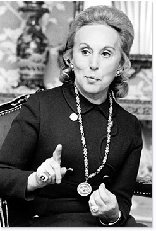
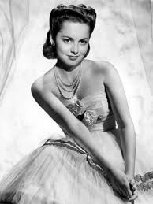
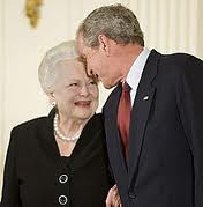
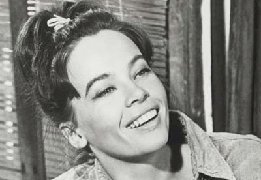
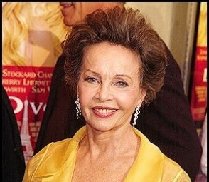
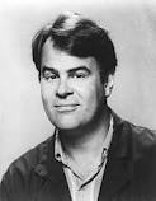

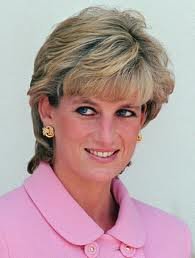


1 comment:
Happy Saturday!
I will be checking supplies to assure ingredients are on hand to make the delicious casserole - perfect to serve after a busy garden- work day!!!
Post a Comment